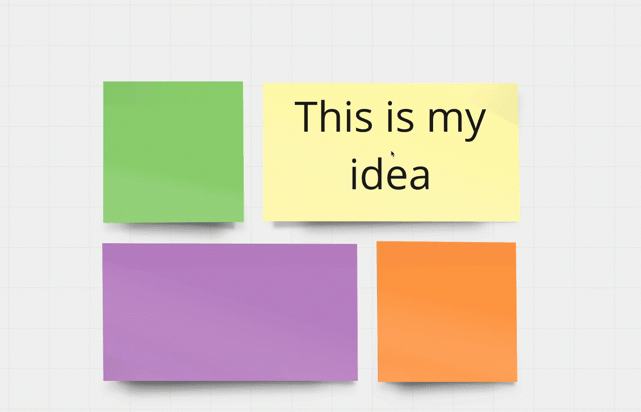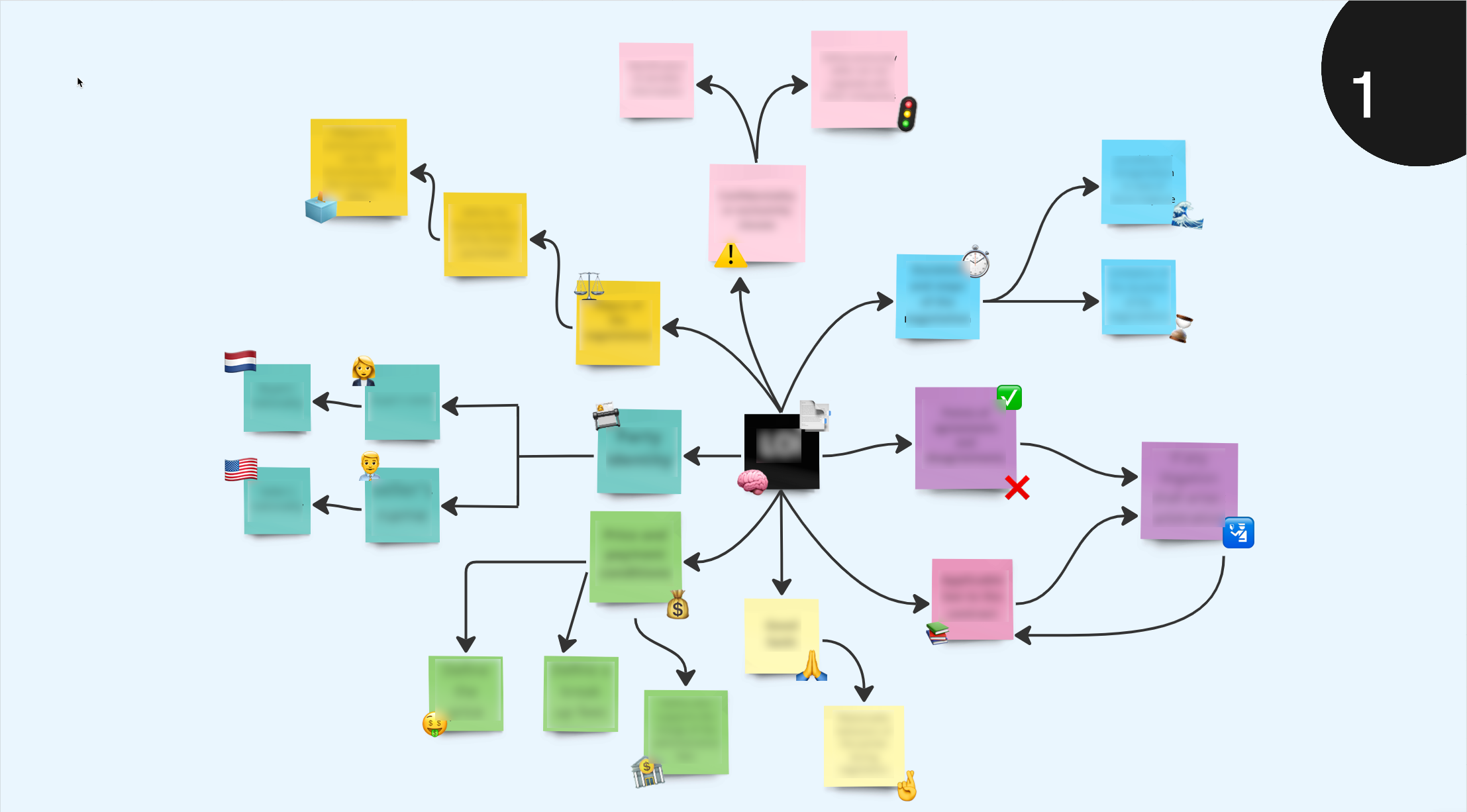Hi everyone! I’m using Miro for an upper-division college course wherein students are building out mind maps in groups. I’m evaluating them by their weekly individual contributions, for which I’m using the board history. This has worked all right so far, though it can be a bit difficult to parse what the user actually contributed.
Does anyone have any other methods they’ve used to accurately review how users have contributed to boards? Is there a way to see a user’s overall contributions (that is, not through a specific board’s history)? Thanks!






